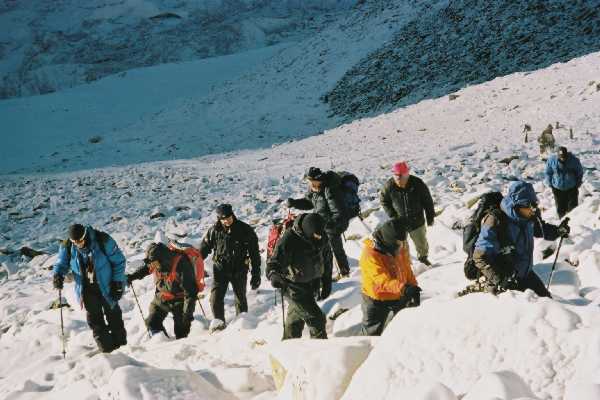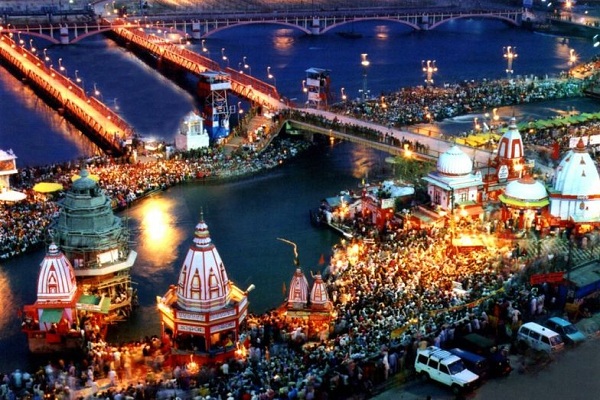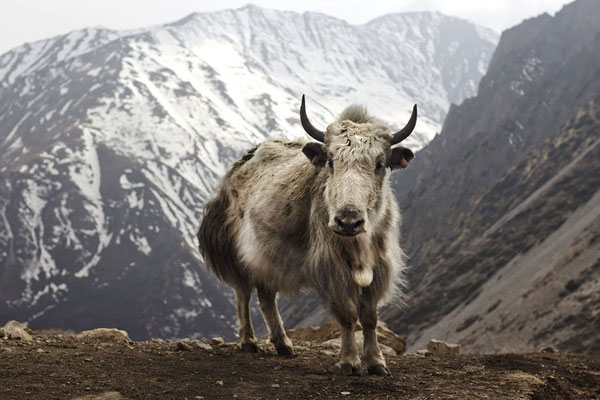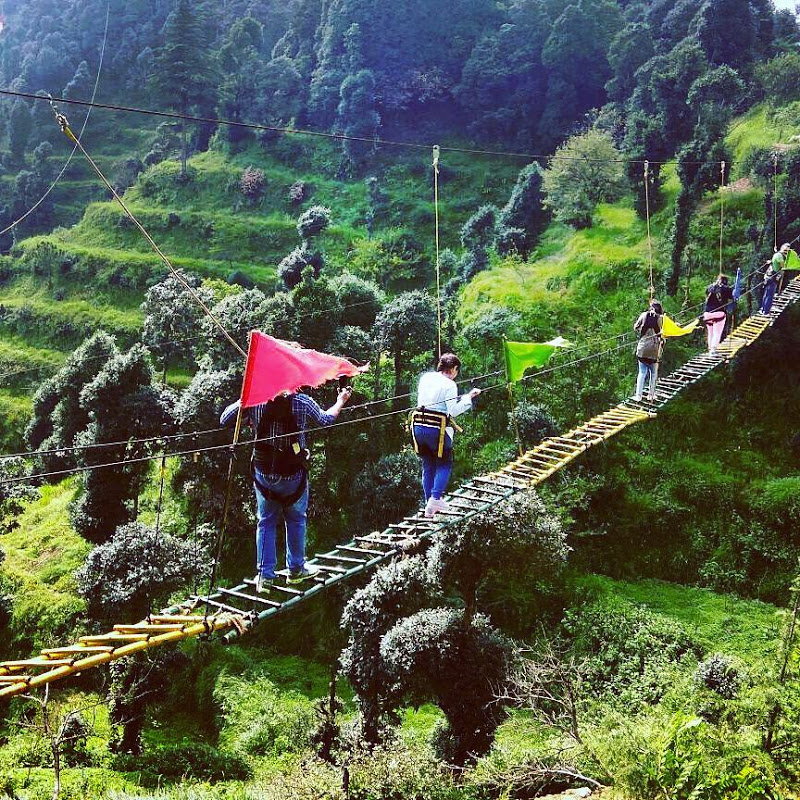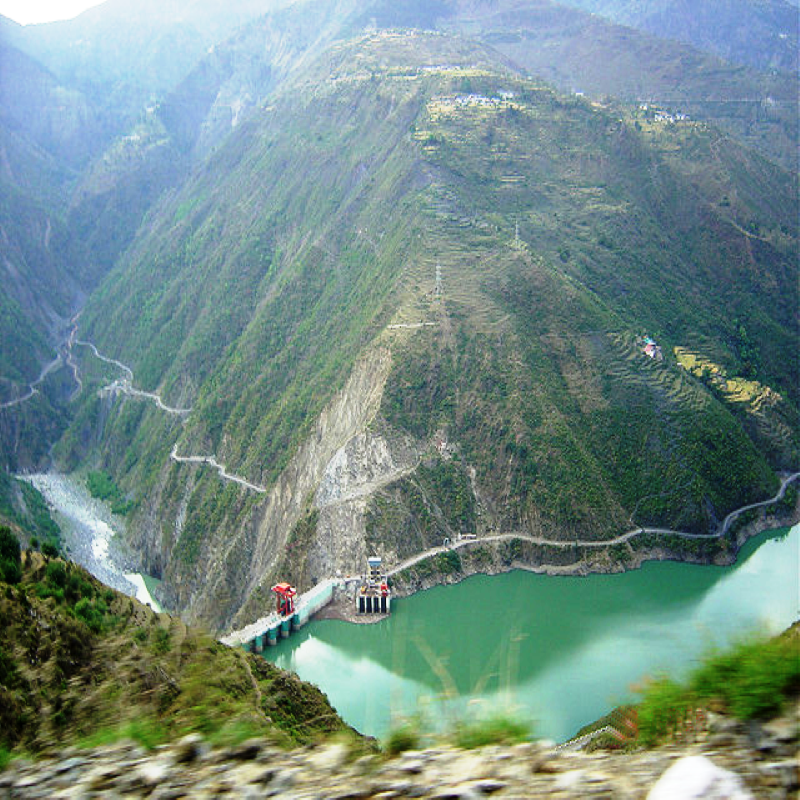Trekking in Ladakh- Padum to Martselang Trek
The Landscapes of Ladakh has been compared to the bleak surface of the moon. Images of the barren lunar vistas are similar to those obtained of this trans-Himalayan region. But its ecosystem is remarkably Vital. The trail takes you through a stretch remote even by lofty Ladakhi standards. Because of his isolation, it is an excellent place for viewing wildlife. With not less than sixty river crossing, the trek also provides moments of great adventure.
Main Highlights of this trek: Remote, barren and rugged landscape which is home to some of the best wildlife in Ladakh. Spectacular rock formations and clear blue mountain streams are irresistibly attractive. The steep passes, deep gorges, and several river crossing make it one of the most difficult trek. High adventure is the name of the game!
Duration: Maximum - 09 Days from Zangla; from Padum - 11 Days
All the treks of Leh is connected by 'air' with Delhi, Chandigarh, Jammu and Srinagar to the west and from Manali to the South.
Best time to Visit: June to September.
ITINERARY
Day 01:
Day 02:
Day 03:
Day 04 & 05:
Day 06:
Day 07 :
Day 08 :
Day 09:
Important Facts of Darcha Padum Trek
Duration : 9 Days from Zangla; from Padum, 11 Days
Degree of Difficulty : 5 -Rigorous on the trek.
How to Reach : All the treks of Leh is connected by 'air' with Delhi, Chandigarh, Jammu and Srinagar to the west and from Manali to the South.
Permits For Treks : A climbing Permit, required for all peaks over 19,700 ft / 6,000 m is obtained from the "Indian Mountaineering Foundation based in Delhi.
Altitude : Padum is at 11,800 ft / 3,596 m and Zang La at 12,000 ft / 3,657m The highest campsite is at the Langtang Chu at 14,200ft / 4,328 m. The three high passes are Charchar La (17,100 ft / 2,164 m)
Highlights of Treks : Remote, barren and rugged landscape which is home to some of the best wildlife in Ladakh. Spectacular rock formations and clear blue mountain streams are irresistibly attractive. The steep passes, deep gorges, and several river crossing make it one of the most difficult trek. High adventure is the name of the game!
Support Services : Pack mules and ponies available through the advanced requirements, but not available on arrival in stock or Martselang. Other arrangements, including hiring equipments or trekking kit, can be arrange in Leh. Be self contained for the trip; food and camping provisions must be carried from Leh. Trails are not well maintained and can be washed away. A guide will be a big help to chart out the easiest way to the top of the peak.
Emergency : Only basic medical facilities are found in Padum. Reasonable medical facilities in Leh, especially in the army hospital, including high altitude rescue facilities. On trek, however, there is no place to call for help. Rescue facilities are possible but very hard to arrange.







